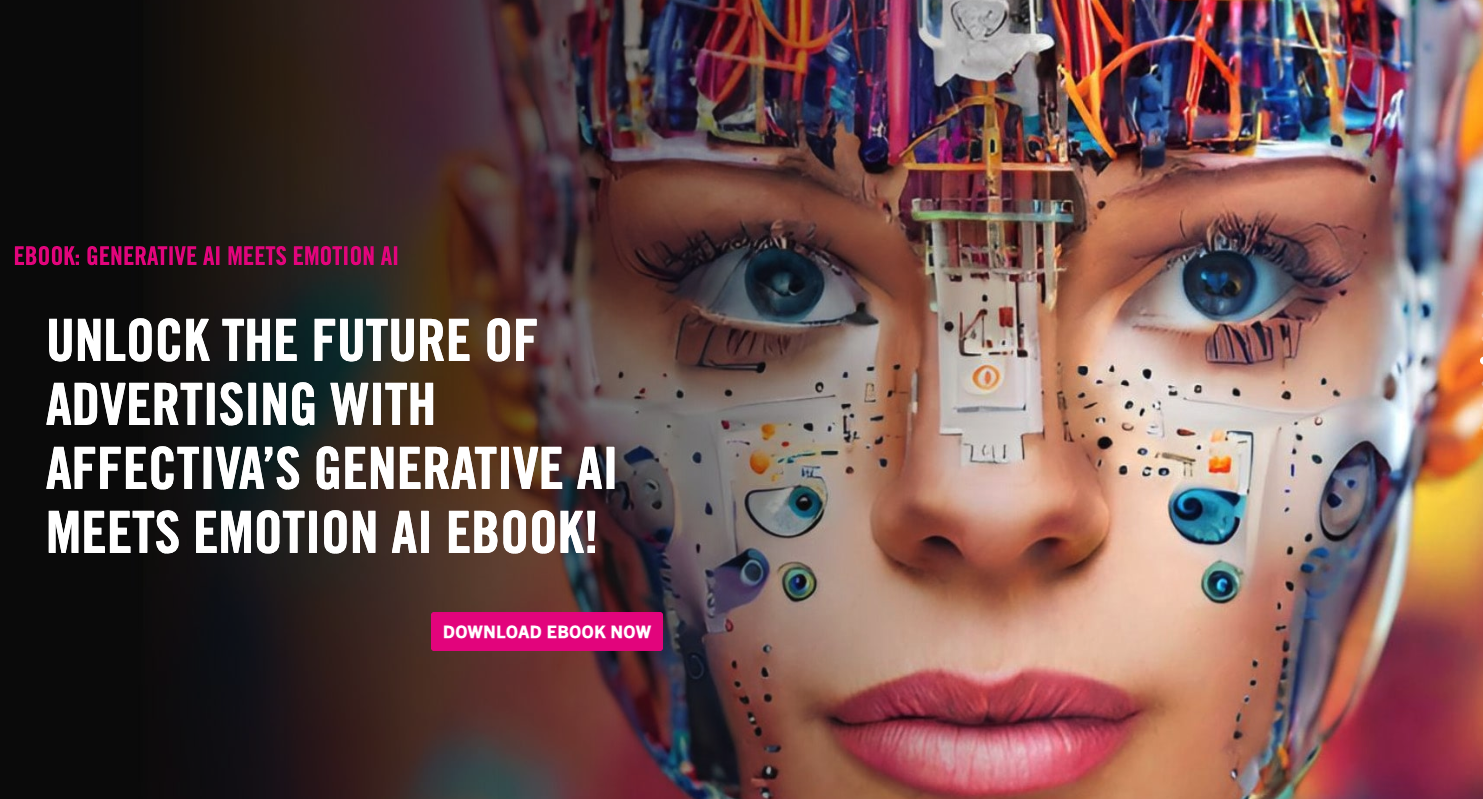Real Metaverse Built on Sense | 매거진에 참여하세요
Real Metaverse Built on Sense
#metaverse #smell #touch #feeling #ultra #voice #emotion #scent #VR
The Real Metaverse Is Built on AI and the Senses
“Is the metaverse dead?”
Back in 2021, the hype was all about graphics—3D avatars, virtual real estate, NFT items. But the problem was always the same: it didn’t feel real. You could see the world, but you couldn’t truly sense it.
Now in 2025, the metaverse is returning in a completely new form. And this time, the focus isn’t on visuals. It’s on senses.
AI, haptics, olfactory tech, and real-time emotion detection are merging to create immersive virtual worlds you can see, hear, touch, and even smell.
The metaverse is no longer just a story inside a game. It’s evolving into a sensory interface powered by AI.
When AI Learns to “Feel”
Humans experience the world through five senses: sight, sound, touch, smell, and taste. In VR, sight and sound were easy.
Touch and smell? Nearly impossible until now.
Recent breakthroughs are allowing AI to process sensor data and generate “fake senses” that feel real:
Ultraleap’s mid-air haptics
Uses ultrasound to create vibrations on your fingertips
Lets you “press” invisible buttons on a screen
AI adjusts intensity based on your hand’s movement

OVR Technology’s digital scent
Small scent cartridges simulate smells in VR
AI blends aromas based on the scene or context
Already tested in VR dating apps, cooking games, and meditation tools
For the first time, virtual experiences are moving beyond sight and sound into the full sensory spectrum.

From Detecting Senses to Reading Emotions
The next step isn’t just simulating sensations—it’s understanding your emotional state.
AI is increasingly able to detect how you feel in real time:
Facial expression analysis (Affectiva, Hume AI)

Voice tone recognition (Symbl.ai, Vochi)
Physiological signals like heartbeat, sweat, and gaze tracking

This allows the metaverse to respond dynamically:
If you’re bored, the AI guide shifts the topic.
If you’re scared in a horror game, the vibrations and visuals intensify.
If you’re meditating, the background adjusts to your breathing rhythm.
AI isn’t just providing information—it’s synchronizing with your body and emotions.
Apple’s Vision: The Gateway to Sensory Computing
Apple’s Vision Pro wasn’t just another mixed reality headset, it was a statement about digitizing human senses.
Eye-tracking → gaze-based interfaces
Hand recognition → controller-free interaction
Spatial audio → realistic soundscapes with direction and depth
Combine this with multimodal AI like GPT-4o, and you get a system that reacts to your facial expressions, movements, and even subtle changes in mood.
Imagine a metaverse “sensitivity tuner”:
When you’re tired, the AI lowers brightness and sound.
When you’re stressed, it slows down the tempo of the content.
It constantly adjusts immersion and UX in real time.
Designing for Touch, Smell, and Emotion
The people building the next metaverse are no longer just 3D modelers or VR developers. Entirely new creative roles are emerging:
- Haptic designers – creating mid-air touch UIs with gesture mapping
- Scent developers – blending molecular profiles into digital experiences
- Emotion interface engineers – framing conversations and environments around user moods
Because in the new era:
“A virtual world without sensation is a dead world.”
Conclusion: A Sensory Platform for Life
The metaverse may no longer be marketed under the same name, but its essence is alive and transforming.
By combining AI + sensory technologies, we are building immersive extensions of reality.
AI understands emotion.
Interfaces connect directly to the body.
Together, they make virtual reality something you can actually live in.
The metaverse of tomorrow isn’t just for games.
It’s a space for life itself—anchored in AI and human senses.






